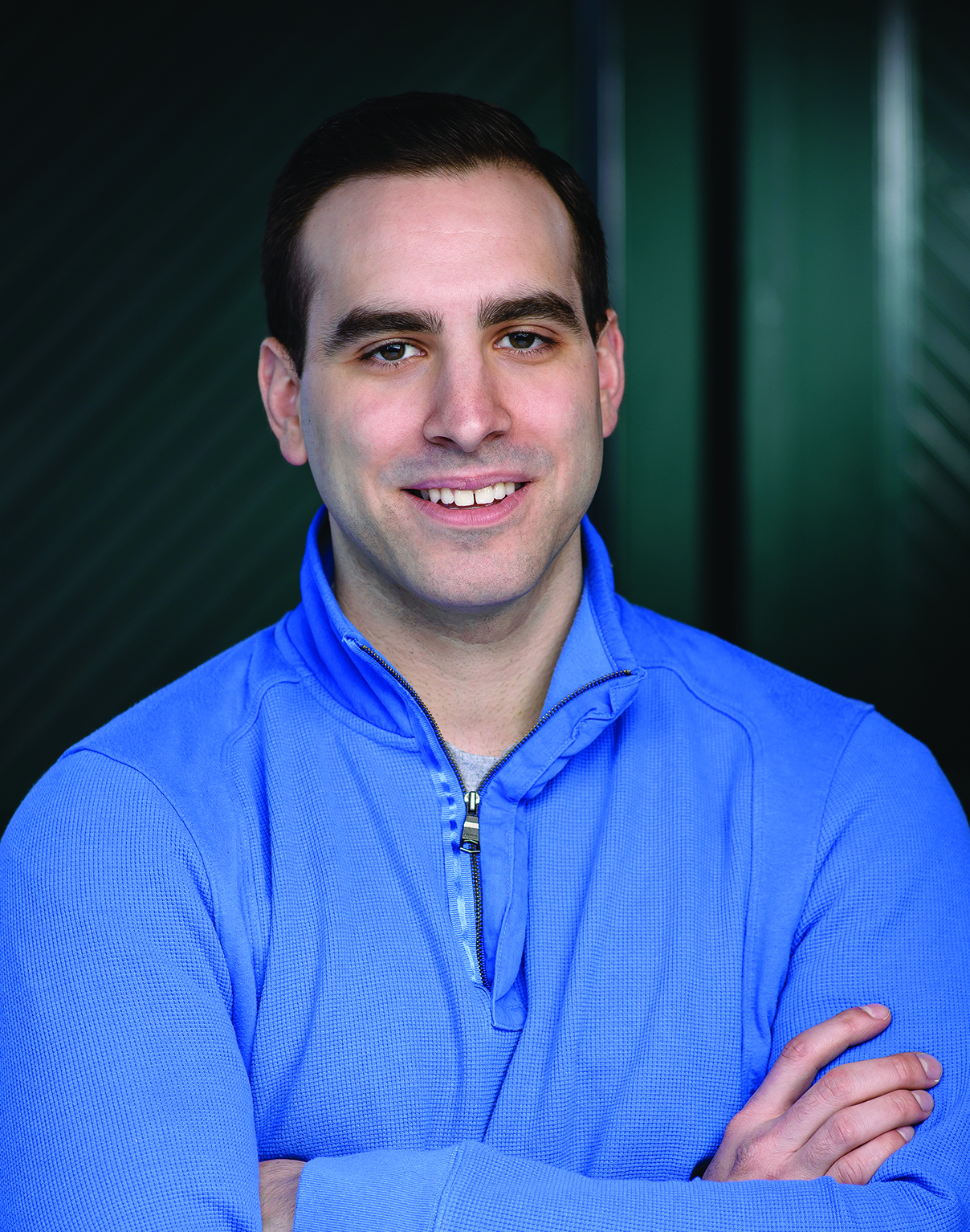In Concord, MA at a part-manufacturing facility part-research and development laboratory, employees for Prysm, Inc. work toward delivering their customers with the next generation in their video display technology. Corporate Tech Decisions was invited to experience Prysm’s Cascade 190, geared toward collaboration in the workspace. The beauty of the system, as Corporate Tech Decision would soon find out, goes much deeper than the color spectrum that the laser-phosphor display technology allows. The system is run on Anacore’s (recently purchased by Prysm) Synthesis software.

A diagram of the inside of a Prysm display tile is shown on the Cascade 190 video wall.
First, let’s talk about the video wall. Prysm’s laser-phosphor display creates a unique advantage for their video walls, as the technology creates virtually no heat while displaying what is on screen. In fact, Prysm encourages users to let the system run 24/7. The entire Cascade 190 wall runs on two electrical outlets and uses less energy than a common hair dryer. Inside the tiles are 20 lasers that are made by a third party and sourced by Prysm. A laser processor then manages the lasers and sends them into a fold mirror, which then sends the light through mylar and onto the front panel displays, which are manufactured mostly by hand at the Concord office.
The Synthesis software is what makes the system a collaborative juggernaut. For organization, the software allows for an unlimited amount of users to create different projects, and save chapter within those projects. So a user could create ‘workspace’ project and pull in different feeds, annotate, rearrange, and work on them for day 1. That chapter is automatically saved every time a change is made, and users can go back and see the work. A new chapter can be made for every day, every presentation, every idea, etc. and scrolled through at the bottom of the screen. The amount of information that can be stored and played with is great for long projects with many facets.
As for working on the wall, the Synthesis software allows for intuitive ease-of-use. Many points of touch allow for up to ten people at least to work on the board at the same time. Screens can be easily managed, scaled, annotated, captured, and sent through the internet just by using touch commands on the screen. There is also a snap grid option that offers arrangements of screens. Simply drag a screen into a grid location until the box lights up yellow, and it will automatically fit and fix itself to that spot, making presentations that much easier. Whiteboards, web browsers, and presentation applications are just a few of the screens that can be pulled up at a moment’s notice. The system can show any type of file by converting it to a flat image and working on it as a display.

The Synthesis software allows for multiple screens to be worked on at once, from browsers to whiteboards to live feeds.
In addition, the Synthesis software has the ability to capture what is on screen and send that information remotely to laptops, so that if a company is videoconferencing, for instance, and some members of the conference don’t have a Prysm video wall, they can still watch the presentation, complete with annotations and moving slides, in real time. Those with laptops or smartphones in the room with the screen can throw their display onscreen through AirPlay. The system allows for about 12-16 live feeds, but can be upgraded to permit more using switchers.
Most of this sounds pretty confusing when typed out, but when you see the system in action it couldn’t be easier to understand. After being shown what the software could do for about five minutes, I was already able to pull up screens and move them about. It was easy to use, and particularly fun to be able to control so much without a mouse and keyboard. If you are into that, however, the system allows for such devices to connect and control the screen the way you would with your finger.
Prysm is currently training 20+ integration partners in installing their screens. They are bringing them in-house to learn, and then accompanying them on the first several installs. They are also working on creating a multi-tiered certification system for installing and working on the Synthesis software. You can learn more about the system at Prysm’s website.
If you enjoyed this article and want to receive more valuable industry content like this, click here to sign up for our digital newsletters!











Leave a Reply